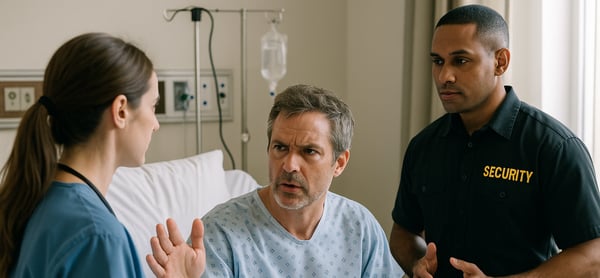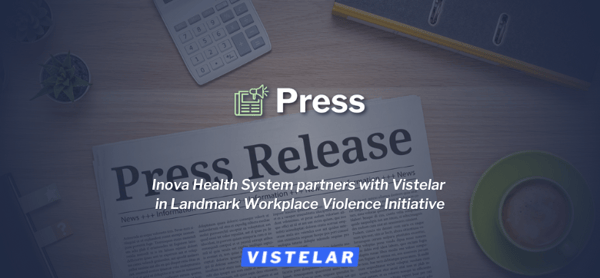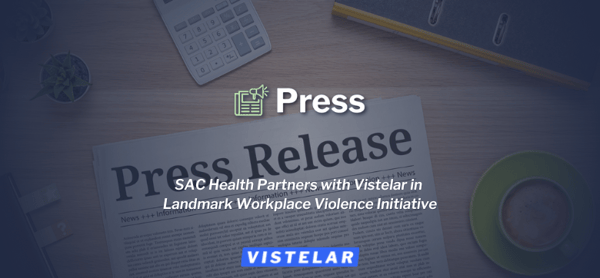Healthcare leaders track countless financial metrics—from length of stay and operating margins to supply costs and reimbursement rates. Yet one of the largest cost drivers in healthcare remains largely unmeasured and unmanaged: workplace conflict.
Vistelar Blog
Discover effective conflict management & de-escalation strategies, enhancing workplace safety through enhanced training & communication techniques.
Surviving Hostage Situations in Healthcare Active Assailant Attacks
Active assailant incidents in healthcare facilities present one of the most extreme challenges for staff, patients, and security professionals. While the primary goal in any such event is always to escape from danger if possible, circumstances may arise where escape is not an option. In these rare but high-risk situations, individuals must rely on a contingency plan that includes barricading,...
When 'Nonviolent' Isn't Enough: Redefining the De-escalation Standard
Healthcare organizations have embraced de-escalation training as a cornerstone of workplace violence prevention. These programs typically aim to prevent physical aggression through verbal and non-verbal techniques that calm agitated individuals. Success is often defined simply: if no one gets hurt, the de-escalation is deemed successful.
Incident Reporting Isn't Enough: What Your Team Isn't Telling You
Healthcare organizations rely heavily on incident reporting systems to identify and address safety concerns, including workplace violence. These systems typically capture serious events like physical assaults, sexual harassment, or explicit threats. Organizations track these reports, analyze trends, and implement targeted interventions based on the resulting data.
But what about all the events...
Inova Health System partners with Vistelar in landmark workplace violence initiative
Agreement provides verbal and physical conflict management training to all Inova members
Conflict Trigger Guards: Emotionally Intelligent Communication Tools for Healthcare
“Conflict Trigger Guards: Emotionally Intelligent Communication Tools for Healthcare" — Episode 32
Co-host: Marcus—former healthcare security director
Co-host: Natalie—nurse practitioner and clinical team leader
Subscribe to our podcast on Apple Podcasts
Verbal Triage: A Necessary Step in Violence Prevention
In healthcare environments where resources are limited and demands are high, triage represents a fundamental organizing principle. Clinical triage sorts patients based on acuity to ensure appropriate resource allocation. Yet when it comes to violence prevention, many healthcare organizations lack a systematic approach to early assessment and intervention. The result is reactive rather than...
What's Missing from Your Safety Drills?
Healthcare organizations conduct regular safety drills to prepare for emergencies ranging from fires and natural disasters to active shooters and mass casualty events. These drills typically focus on logistics, protocols, and technical procedures—evacuating patients, establishing command centers, allocating resources, and coordinating with external agencies.
SAC Health partners with Vistelar in landmark workplace violence initiative
Agreement provides verbal and physical conflict management training to all SAC Health members
Three Seconds to Diffuse a Threat: The Power of First Contact
In a healthcare setting, the first three seconds of an interaction often determine whether a situation will escalate or stabilize. This critical window—from the moment a provider enters a room, approaches a distressed visitor, or addresses an agitated patient—sets the tone for everything that follows. Getting these first moments right can diffuse potential threats before they materialize;...











